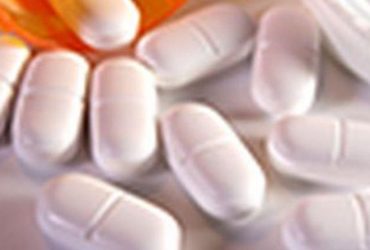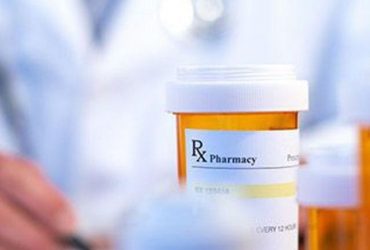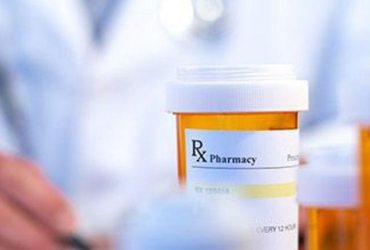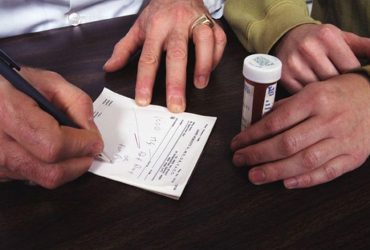Greatest decline in MME volume per capita seen among persons aged 46 to 55 years and in metropolitan counties
Likelihood of developing POU increased for those with history of drug abuse, preoperative muscle relaxant or benzodiazepine use
Settlement was reached in thousands of lawsuits against OxyContin maker Purdue Pharma for its role in opioid epidemic
Figure is almost 30 percent higher than the previous year, when 78,000 overdose deaths were reported
It is not clear how the decision will affect similar cases nationwide, since most public nuisance laws are state-specific
In a tentative ruling, plaintiffs' claims that companies used deceptive marketing to increase unnecessary prescriptions was rejected
Group-based CBT intervention produced modest, but sustained, reductions in measures of pain, pain-related disability
0.7 million of 2.4 million U.S. adults misused buprenorphine in 2019; motivations for misuse include being hooked, physical pain relief
Record-high 96,779 drug overdose deaths reported from March 2020 to March 2021
Fatal opioid overdoses four times more likely in the two days after hospital discharge











